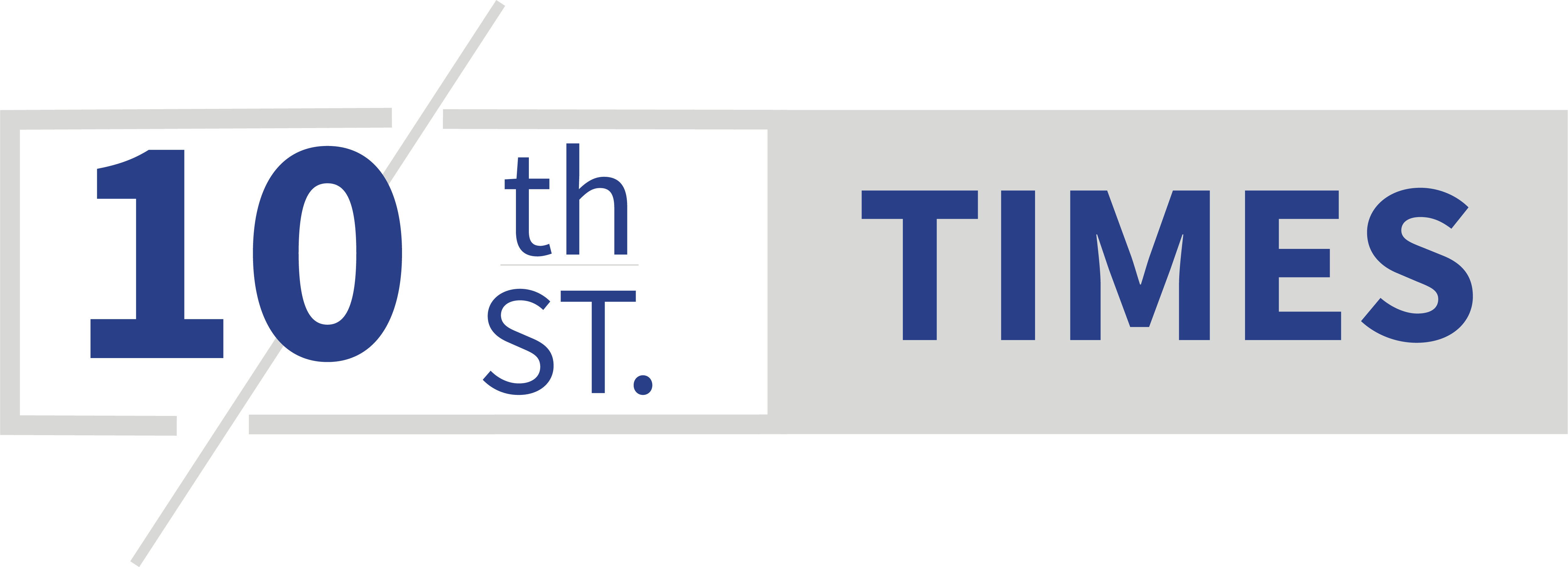Tourism Outside Urban Iowa
Share this story
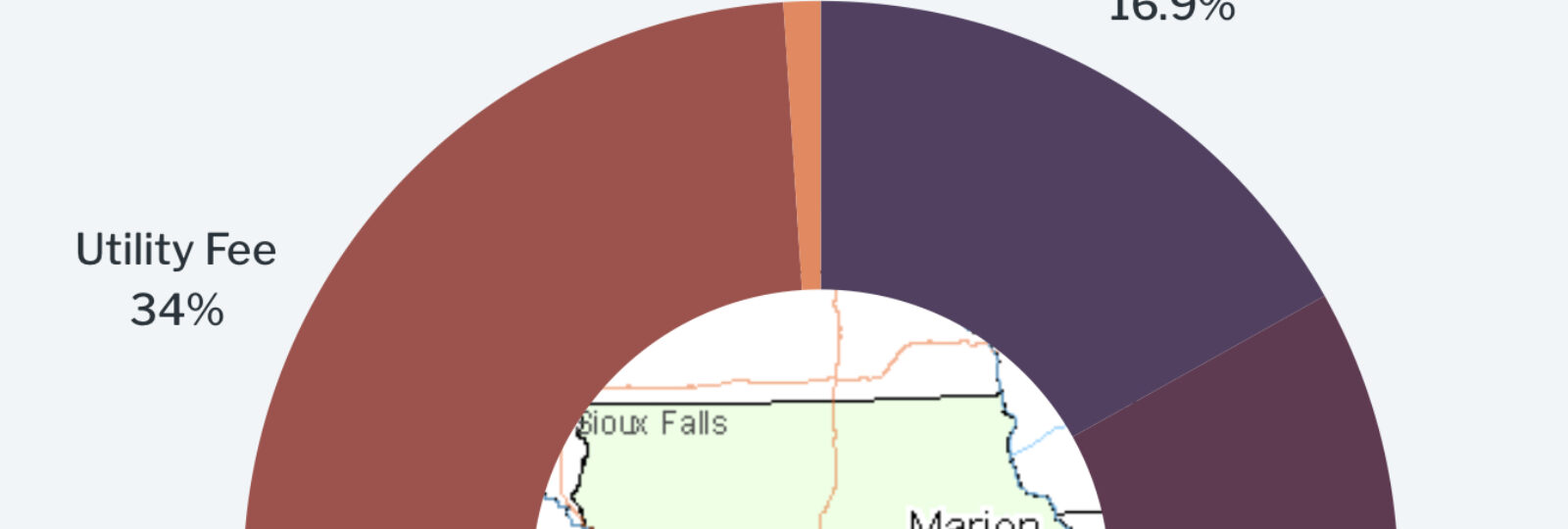
Situated in the heart of the heartland, Iowa is ranked 40th in tourism by the United States Department of Commerce. Nevertheless, tourism is vital to communities of all sizes, supporting local businesses and strengthening community identity.
One of the easiest ways to gauge tourism is through the revenue generated from hotel and motel taxes. Many cities lack the resources to track individual tourism activities, making tax collections a valuable metric. Under the Code of Iowa Chapter 423A, the Hotel/Motel tax is a local option tax imposed on the rental of lodging accommodations, including hotels, motels and similar establishments. This tax is typically levied at a rate of 7% though cities have discretionary rate setting. In the fiscal year 2024, the state of Iowa collected approximately $53 million from these hotel and motel taxes. While this figure is relatively small compared to the over $12 billion in total net deposited taxes, it can make a significant impact.
For the city of Waterloo, Iowa, the hotel and motel tax revenue amounted to $1.6 million. However, only 0.25% of that revenue was allocated in Waterloo’s 2025 budget. The remainder was reinvested back into the community to support local infrastructure, events and services that benefit both residents and visitors.
Tim Andera, Waterloo’s Economic Development Specialist, noted, “[Tourism] kinda has a trickle-down effect on our economy.”
To illustrate Andera’s point, consider the annual Iowa Irish Fest in Waterloo, which attracts around 50,000 visitors. These red-headed travellers not only spend three days in local hotels but dine at area restaurants, use roads and purchase fuel. This influx contributes to the local option tax and road use tax. Event tourism does not just impact the hotels its participants need, it directly impacts the community at large.
For the city of Waterloo, the prospect of tourism led them to invest in a stable attraction, the recently built $100 million Lost Island Theme Park. Completed in 2022, this massive outdoor waterpark is designed to host approximately 250,000 visitors each year.
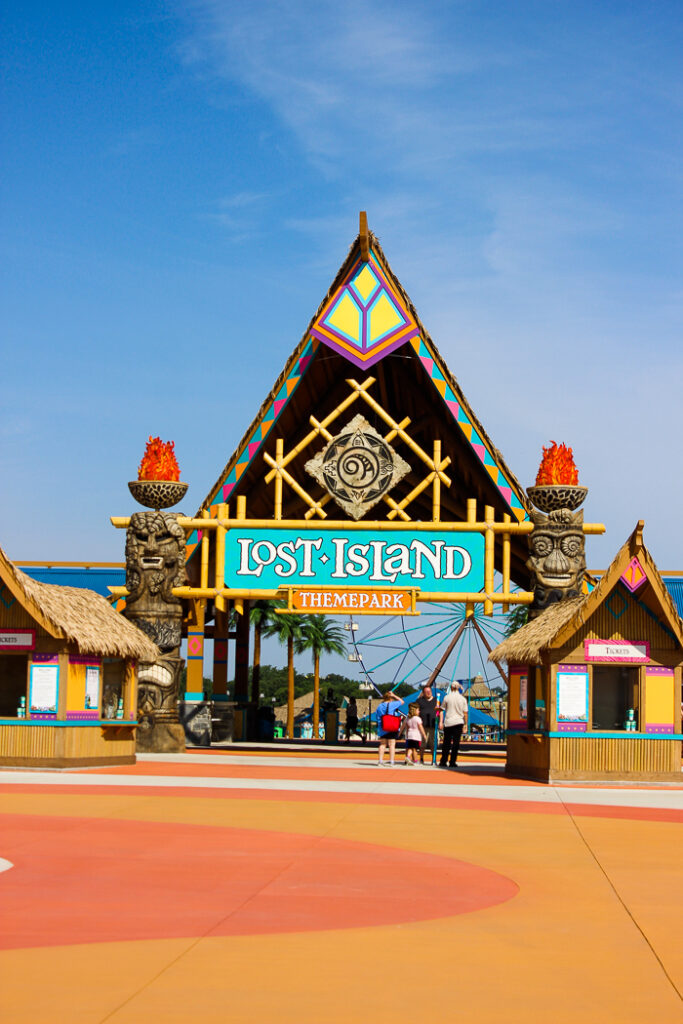
Despite its potential, the park’s early performance has been disappointing. In 2023, The Courier reported that only around 50,000 visitors had attended the park by season’s end, compared to 25,000 the previous year. To combat this shortcoming the city of Waterloo passed Ordinance No. 5758, a bill which aims to lift up Waterloo with tourism.
In response to the high costs associated with construction, the city of Waterloo passed Ordinance No. 5758. This ordinance amends the city’s Code of Ordinances regarding the Local Transient Guest Tax Fund, which manages funds collected from Hotel/Motel taxes. Specifically, it mandates that the first $300,000 of hotel and motel tax revenue collected each fiscal year will be allocated to repay bonded indebtedness related to the Lost Island Theme Park project.
After the initial allocation of $300,000, the remaining funds will be distributed as follows: 50% will go to Experience Waterloo (formerly the Waterloo Convention and Visitors Bureau) for tourism promotion; 20% will support the Waterloo Convention Center; 10% will be allocated for discretionary purposes by the city council; and the final 20% will be dedicated to recreation, culture, conventions and entertainment. To ensure that the community’s tourism-related needs and priorities are met, the board of directors of Experience Waterloo will make recommendations regarding these allocations each January. By strategically managing these funds, the costs of Lost Island Theme Park are managed and major events like the Iowa Irish Fest are boosted. This efficiently enhances the overall tourism experience in Waterloo.
The detail, care and effectiveness of Ordinance No. 5758 highlights the specific and important impact tourism has on Waterloo, Iowa. Tourism is an integral part of their community and it is quite plain to see, especially when the streets are filled with Irish-enthusiasts every August.
Much like Waterloo’s Irish heritage, the much smaller Pella relies on its unique Dutch heritage to attract tourists and support its businesses. Home to around 11 thousand people, Pella sits charmingly on the edge of Marion County or around 40 miles southwest of Des Moines.
The effect of tourism is best represented not in numbers but its culture. Pella leverages its Dutch heritage to attract visitors. The city is known for its iconic windmills, charming architecture and annual festivals that celebrate its unique cultural history.
Ann M. Frost, Executive Director of Visit Pella noted, “We ensure that we use that history to our advantage in highlighting our local shopping, food, and museums to entice visitors to come.”
Pella’s name means ‘City of Refuge’. This is because its 700 founders were seeking religious freedom when they arrived in America, eventually finding their refuge in 1847 Iowa. Today those who wish to find peace, refuge and a good time can find it at the beyond beautiful Pella Tulip Time Festival. This festival showcases the city’s Dutch roots with vibrant displays of tulips, traditional costumes and cultural performances. Each spring this attracts thousands of visitors, providing local businesses with a significant boost in sales as tourists explore what Pella has to offer.
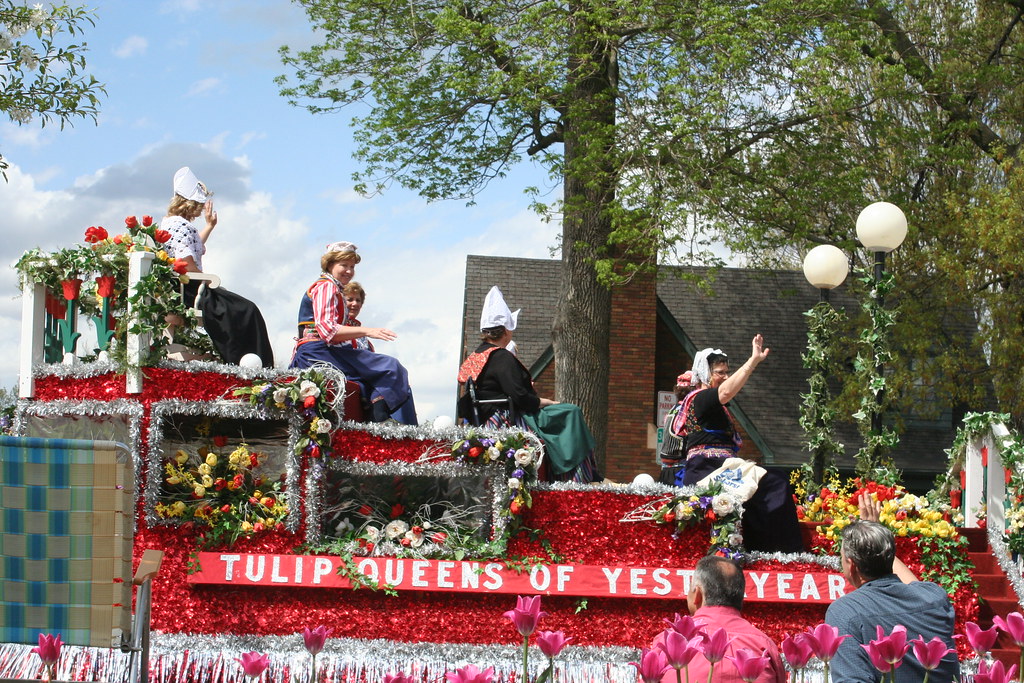
In addition to festivals, Pella boasts a variety of attractions that reflect its rich heritage and community spirit. The Pella Historical Society and Museums offer insights into the city’s history through exhibits and educational programs. Local shops feature handmade goods and Dutch-inspired products.
Frost further stated, “Tourism helps support most businesses and attractions around the community, especially downtown.”
The emphasis on tourism not only stimulates the local economy but also fosters a sense of pride among residents. As visitors engage with the city, residents have the opportunity to share their unique culture and stories, creating a welcoming environment that strengthens community bonds. This interplay between tourism and local identity ensures that Pella remains a vibrant destination, benefiting both visitors and the community alike. Though small, the mighty Pella continues to cultivate a tourism-focused economy while preserving the character and charm that defines the city.
While the impact of tourism is evident in larger cities like Waterloo and culturally distinct towns like Pella, it is less apparent in suburban areas. Suburbs often rely on spillover from nearby urban attractions, such as professional sporting events and large entertainment venues, rather than serving as primary tourist destinations.
Derek Lord, the Economic Development Director for the City of Ankeny, emphasized, “There’s no way for us to calculate the economic impact of tourism as a whole in our community. We don’t have a local option sales tax, [while] we can quantify the Hotel/Motel tax that we collect from people staying in hotels, that doesn’t distinguish between tourism and business travel.”
Ankeny, a rapidly growing suburban city just north of Iowa’s capital, Des Moines, faces unique challenges in defining its tourism impact. As part of the Des Moines metropolitan area, visitor activity is often spread across neighboring cities, making it difficult to attribute economic benefits solely to the city of Ankeny.
To quantify, the city’s budget for the Fiscal Year of 2025 exceeds $180 million, and its $1.5 million in Hotel/Motel tax revenue represents only a small fraction of its overall funding. Unlike Waterloo, with Ordinance No. 5758, Ankeny lacks similar initiatives. This leaves the city more reliant on indirect benefits from visitor spending, further complicating its ability to measure and leverage tourism’s full impact.
Despite these challenges, Lord noted that Ankeny does collect some visitor data, particularly around popular attractions such as the High Trestle Trail and the District at Prairie Trail. A 2019 study revealed that visitors to the High Trestle Trail spent an average of $242 per day when staying in local hotels, compared to $26 for those making day trips. Approximately 18% of these visitors were from out of state, translating to an estimated 45,000 annual visitors. Additionally, data from Placer AI showed that the District at Prairie Trail attracts about 600,000 unique visitors annually, with seven out of every eight individuals coming from outside Ankeny. While many of these visitors are from the Des Moines Metro area, this influx demonstrates a clear economic impact.
“Our goal is to bring new people into our community so they can experience what we have to offer,” Lord stated.
Despite the challenges of tracking tourism in Ankeny, the community does see further positive impact from events like youth sports tournaments in the summer. These events attract families and teams from across the region, driving economic activity in local hotels, restaurants and shops. As a result, suburbs tend to invest in high-quality sports facilities. Ankeny has the Prairie Trail Sports complex, which hosts basketball and volleyball tournaments throughout the year as well as offering camps and clinics for a variety of sports.
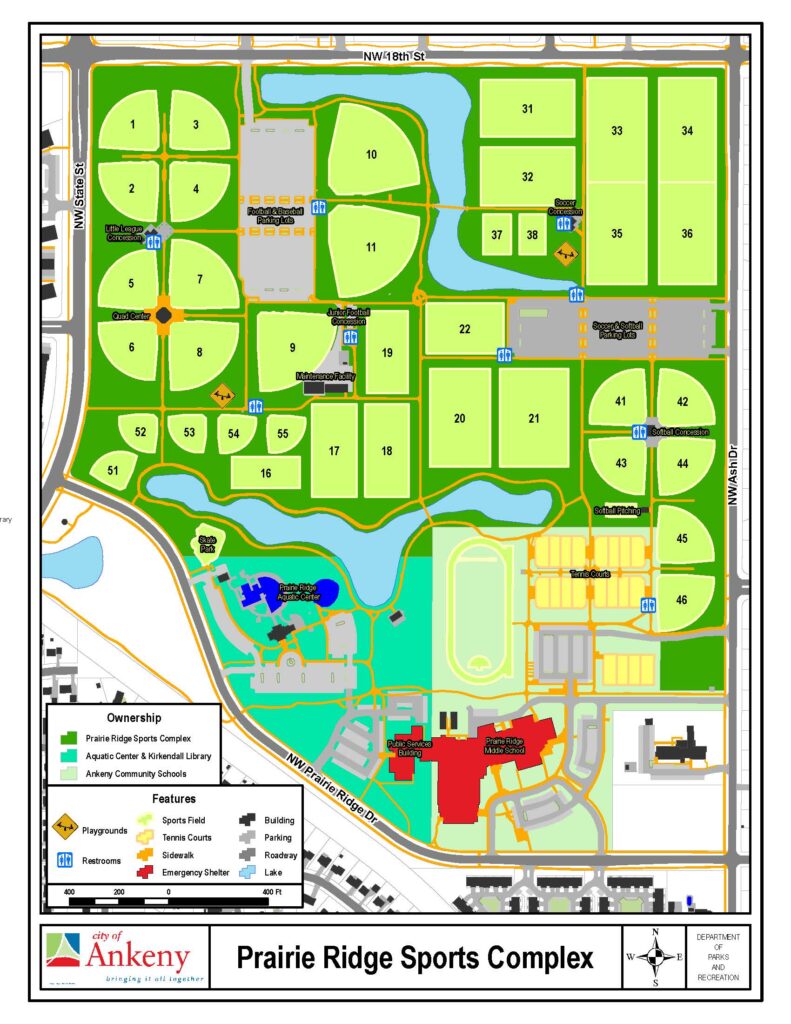
However, these improved amenities are built community first; they just so happen to also contribute to the cities’ revenues through tourism-driven spending. This cycle creates a win-win situation for both the local community and the visitors, as residents enjoy better facilities, and the city gains valuable economic benefits.
Lord concluded, “A Community like this can stand on their own without tourism because of their population density. The tourism aspect is kind of like the icing on the cake. The more people coming in from outside the better. People open businesses in Ankeny based on the demographics of the people who live here, not relying on the outside influence of visitors.”
Tourism in Iowa is a critical component of economic development for communities of all sizes. From urban centers like Waterloo to culturally distinctive towns like Pella, tourism not only bolsters local economies but also enriches community identity. Even when it serves as just the icing on the cake, tourism remains rooted in community.
